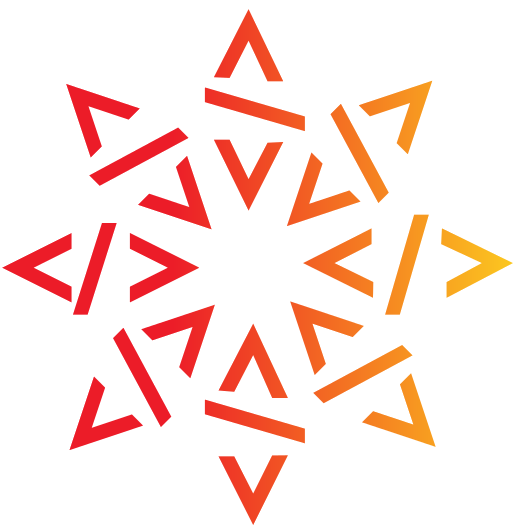Welcoming FossID as the first member of the Software Heritage mirror network

We are excited to announce today that FossID, one of our early sponsors, has decided to work with us to establish the first independent mirror of the Software Heritage archive, a very important step forward in making Software Heritage a resilient common infrastructure.
A mission at the service of humankind
The clearly stated mission of the Software Heritage non profit initiative is to collect, preserve, and make accessible the source code of all software available, serving the needs of cultural heritage, research and industry. To this end, we harvest source code from a steadily growing list of software projects, development forges, and research archives.
We have been working hard, with the help of our early donors and partners, to develop the technology and this past June 7th, during an official ceremony at the headquarters of UNESCO, we have been delighted to open to the public the archive that now contains over 5 billion unique source files coming from over 80 million software origins.
Replication is the key
An essential part of our work over the past years has been to develop and deploy a strategy to ensure the long term sustainability of our efforts. We acknowledge that there are many threats to overcome, ranging from technical failures, to mere legal or even economic decisions that might endanger long-term source code preservation. And we know that we cannot entirely avoid them. Therefore, instead of attempting to create a system without errors, we are working on a system which tolerates errors, by building replication and diversification in the system at all levels.
An important part of this strategy is the development of a geographic network of mirrors, implemented using a variety of storage technologies, running in various administrative domains, controlled by different institutions, and located in different jurisdictions. The mirror network will provide much higher resilience than multiple copies under our own administrative control.
We are looking forward to start the technical work with the FossID team to establish the first independent mirror of the Software Heritage archive, and hope to welcome soon other partners interested in growing the mirror network.
Contact us if you want to be the next mirror!

